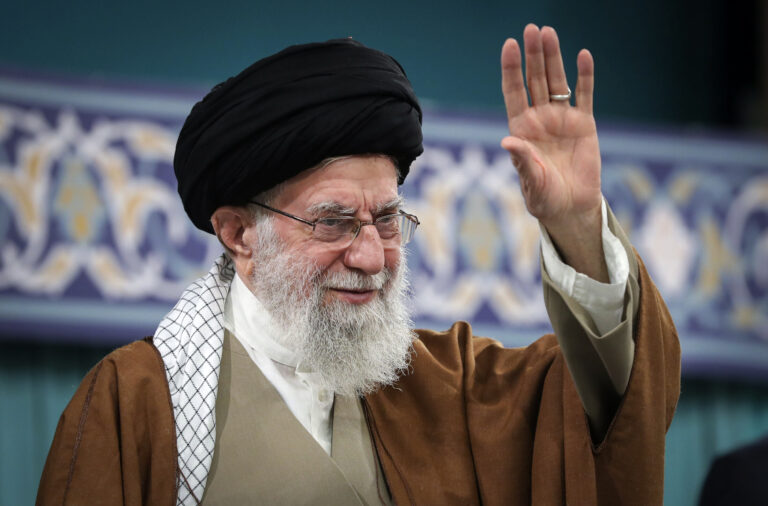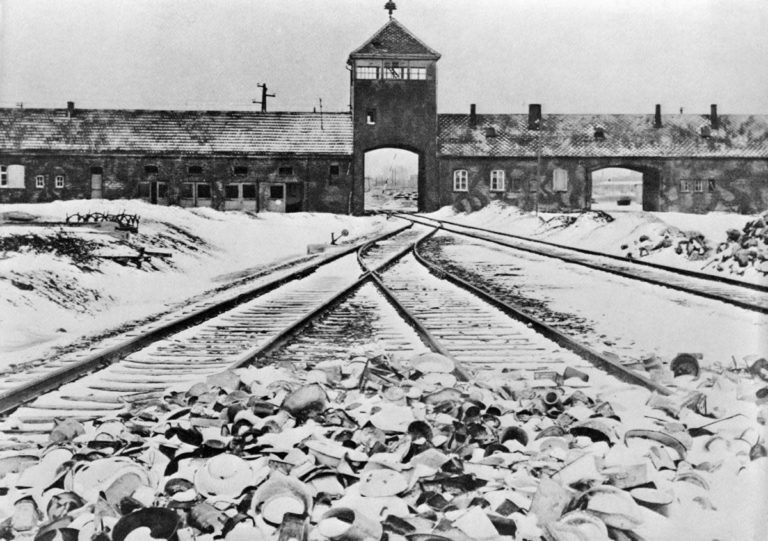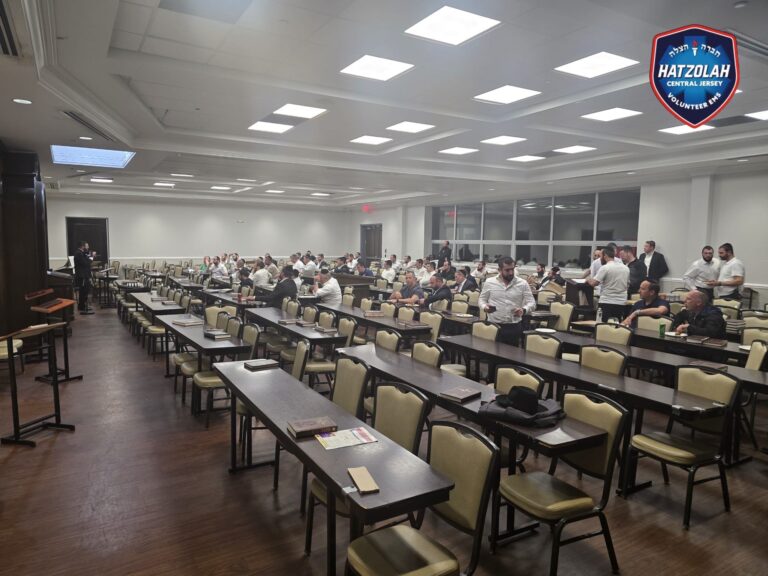 On 28 Iyar, Israel marks Yom Yerushalayim, the day the capital of the Jewish People was liberated from Jordanian occupation in the June 1967 Six Day War. The Jerusalem Institute of Israel Studies has provided some interesting stats pertaining to the capital.
On 28 Iyar, Israel marks Yom Yerushalayim, the day the capital of the Jewish People was liberated from Jordanian occupation in the June 1967 Six Day War. The Jerusalem Institute of Israel Studies has provided some interesting stats pertaining to the capital.
In the end of 2009 Jerusalem population stood at 774,000 residents (provisional data, courtesy of the Israel Central Bureau of Statistics)
In 2008, the fertility rate (the number of children a woman is expected to bear during her life) of Jews and Arabs in Jerusalem became equal, and is now 4 children for both Jewish and Arab women in the city.
Jews: The rate of women’s participation in the labor force in Jerusalem (50%) is higher than that of men (46%). In Israel as a whole the situation is the reverse, with the rate of women’s participation (57%) being lower than that of men (62%).
Geographic distribution of the population in 2008
456,300 residents (Jews and Arabs) lived in neighborhoods built in areas added to Jerusalem in 1967, representing 60% of the total population of Jerusalem – among the residents of these neighborhoods, 192,800 are Jews (and other non-Arabs) (42%), and 263,500 are Arabs (58%).
39% of the total Jewish (and other non-Arab) population lived in neighborhoods built in areas added to Jerusalem in 1967. 98% of the total Arab population in 2008 lived in areas added to Jerusalem in 1967.
Migration
In 2009, 12,800 persons moved to Jerusalem and 19,900 residents of Jerusalem left the city. The negative migration balance stood at -7,100. (Provisional data, courtesy of the Israel Central Bureau of Statistics)
In 2009, 51% of residents leaving Jerusalem moved to the localities surrounding Jerusalem (West Bank Jewish settlements, west to Jerusalem in Jerusalem district and Modiin-Maccabim-Reut)
Religious and secular
The percentage of Ultra-Orthodox (Haredi) Jews in Jerusalem is 3.6 times greater than their percentage in Israel as a whole. The percentage of religious (but not Haredi) Jews is 1.4 times greater, while the percentage of secular non-religious Jews in Jerusalem is less than half their percentage in the country as a whole. (The figures refer to adult Jews aged 20 and above, on average for 2006 – 2008, processed for the social survey of the Central Bureau of Statistics – CBS)
27% of Jewish men aged 15 and above in Jerusalem studied or are studying in a yeshiva (2008 census, CBS) Jerusalem’s education system 2009/10
The education system in Jerusalem is the largest and most complex in Israel, and serves almost quarter of a million students.
64% of the students study in Hebrew education schools and 36% learn in the Arab education stream.
62% of students in Hebrew education study in the Haredi stream, and 38% in the state and state religious education system.
Participation in the labor force
Jews: The rate of women’s participation in the labor force in Jerusalem (50%) is higher than that of men (46%). In Israel as a whole the situation is the reverse, with the rate of women’s participation (57%) being lower than that of men (62%).
The rate of participation in the labor force in Jerusalem is relatively low, with a slow trend towards a further decrease, from 46% in 2000 to 45% in 2008, despite the increase in participation in the labor force countrywide from 54% to 57%. In Tel Aviv, for example, the rate of participation in the labor force increased from 60% to 66%.
Tourism
In 2009, for the first time in 5 years, there was a decrease in the number of tourists coming to Israel and to Jerusalem. It can be assumed that the global economic crisis contributed to this decrease. The number of hotel guests in Jerusalem decreased in 2009 by 17% relative to 2008, with 1,124,000 guests; 769,900 of these were tourists from abroad (70% of all guests).
The number of tourists from abroad in Jerusalem’s hotels decreased by 29%, while the number of Israeli tourists in the hotels increased by 28%.
Construction
Increse in the number of the residential apartments completed.
In 2008 the construction of 2,265 residential apartments was completed, in comparison to 1,755 apartments in 2007.
(YWN Israel / www.jiis.org.il)










